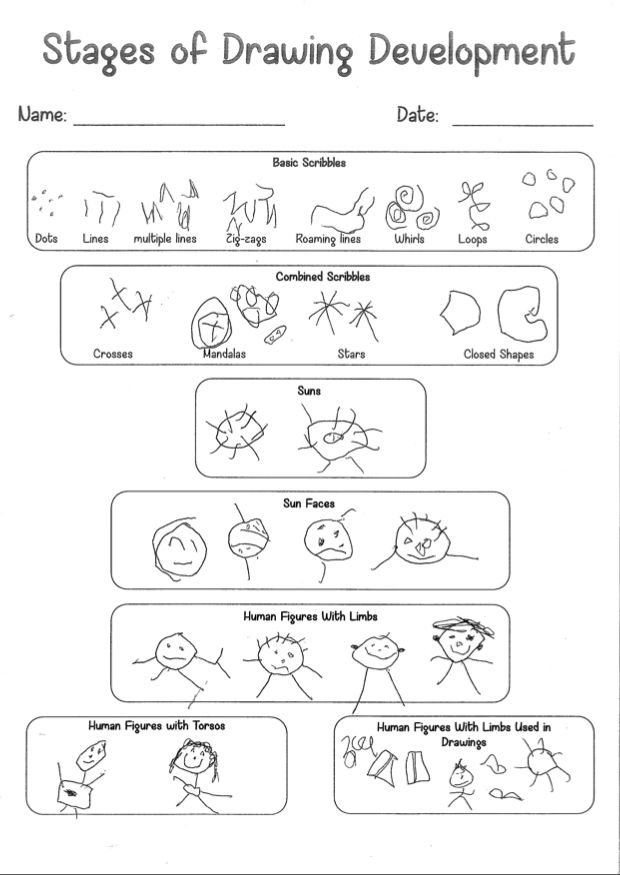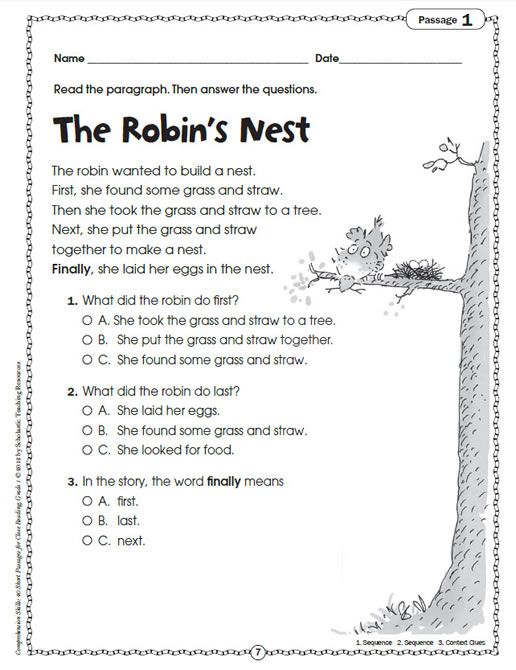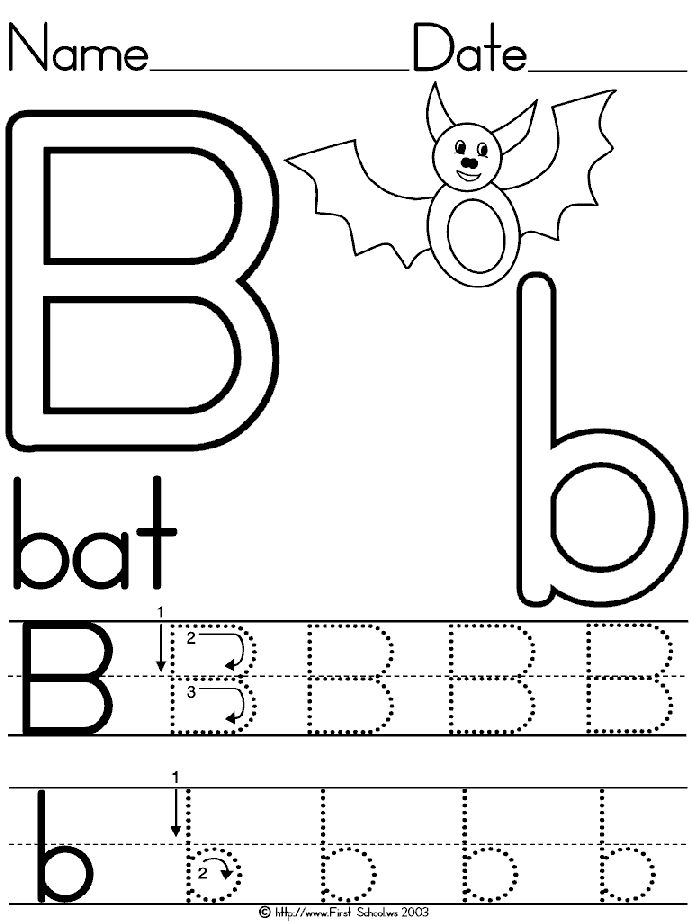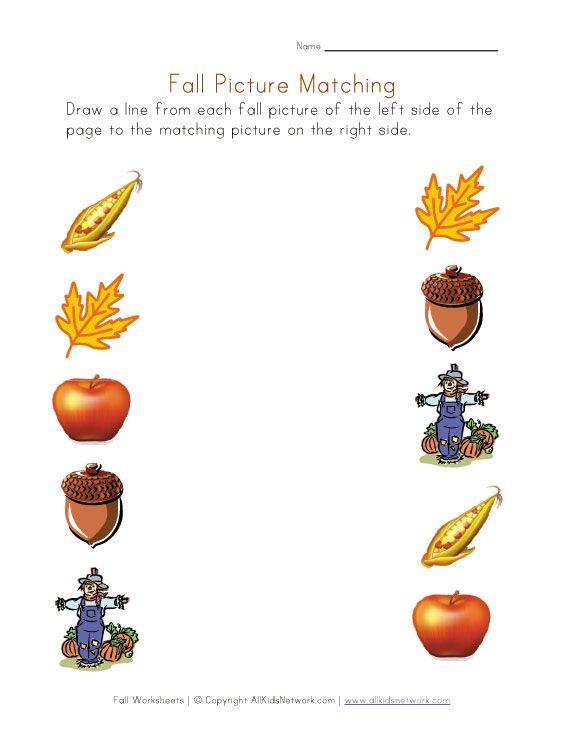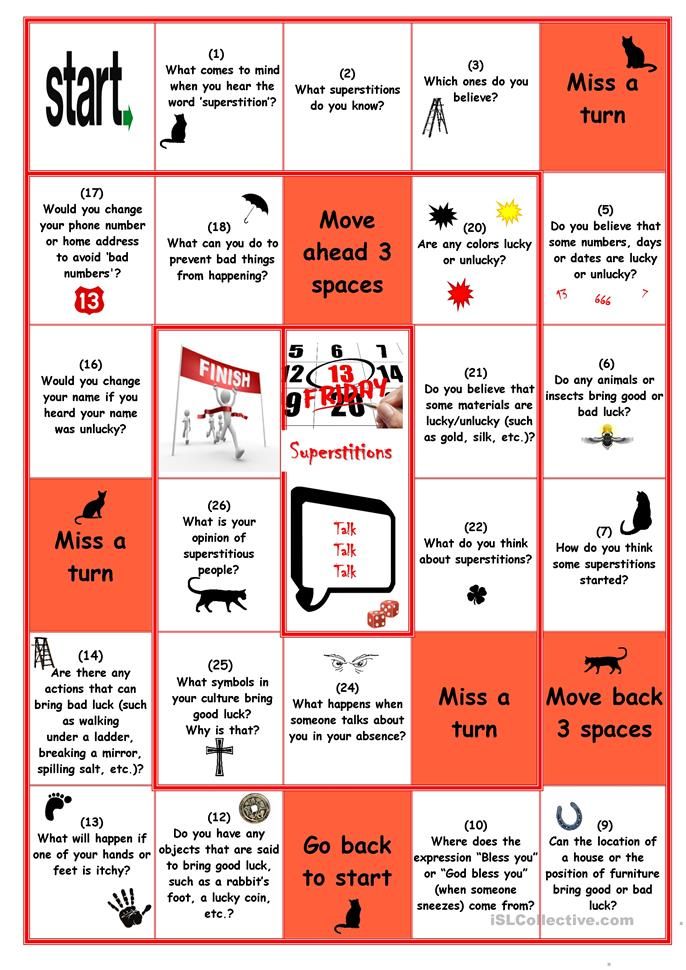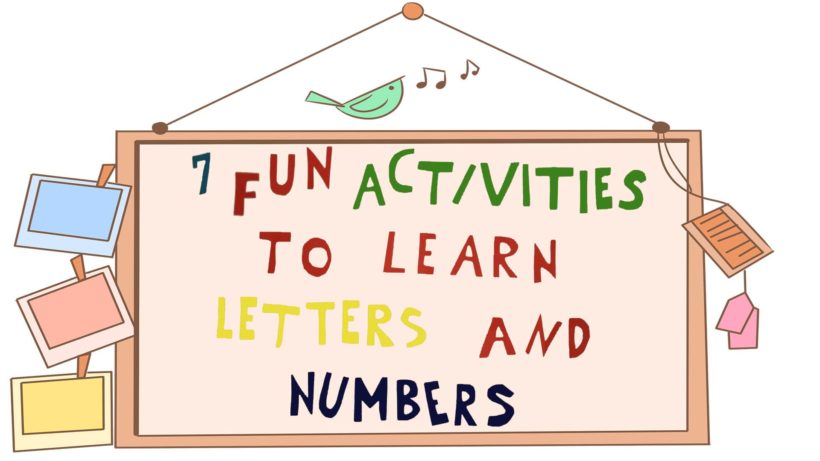Writing stages of development
The stages of writing development and how to teach your child to write. Find out what writing skills your child will learn and when they happen. Get easy suggestions on helping your child stay on track and learn to write.
How writing develops
There are four stages that kids go through when learning to write: preliterate, emergent, transitional, and fluent. Knowing which stage your child is in – whether he's scribbling in the preliterate stage or using "dictionary-level" spelling in the fluent stage – can help you support his writing development. Your child's ability to write is dependent on his ability to master a wide variety of literacy skills including recognizing letters, interpreting sounds, and print awareness, such as the spacing of words.
Children love expressing their thoughts and ideas verbally. Putting those thoughts on paper (writing) happens in stages that kids work through at their own pace. Any ages mentioned below are "typical ranges" and should be used as general indicators. And remember: No two kids are the same. Some will develop writing skills quickly; for others, it will take longer. If you're concerned about your child's progress when it comes to writing, speak to his pediatrician or teacher.
Preliterate stage: Scribbling is good (0 to 2 years)
In the first stage of writing development, any scribbling or drawing a child does is writing. As they watch you and other grown-ups write, young kids are encouraged to pick up crayons and start scribbling. This kind of pretend play shows that your child is thinking, "I'm a writer, too!"
It's a milestone moment when a child realizes her ideas can exist as writing. You'll know this is happening when you see her scribbling or drawing while saying words or telling a story. During this stage, applaud any and all attempts to write.
Tips for the preliterate stage
A great way to encourage your child as a writer – even in this early stage – is to say, "Tell me what you wrote. " Kids love sharing their stories, and you'll delight in hearing the often-elaborate and fantastical thoughts that are behind those simple scribbles.
" Kids love sharing their stories, and you'll delight in hearing the often-elaborate and fantastical thoughts that are behind those simple scribbles.
Keep paper and crayons or markers easily accessible so your child can start writing when inspiration strikes. Pens and pencils are fine too, but young children often have an easier time holding thicker writing tools.
You can also encourage your child by writing notes to her. A simple one that reads, "I love you!" waiting at the breakfast table can inspire a note in return.
Emergent stage: Letters appear in writing (2 to 4 years)
Is your child scrawling lots of random letters on a page? That's excellent! This means he is in the second stage of writing development, which usually happens between the ages of 2 and 4. Kids in this stage are taking the big step from scribble writing to appreciating that the "scribbles" grown-ups use for writing are symbols called letters. They're not quite matching letters to sounds – at least not consistently – but they are beginning to understand that letters play a special role in writing.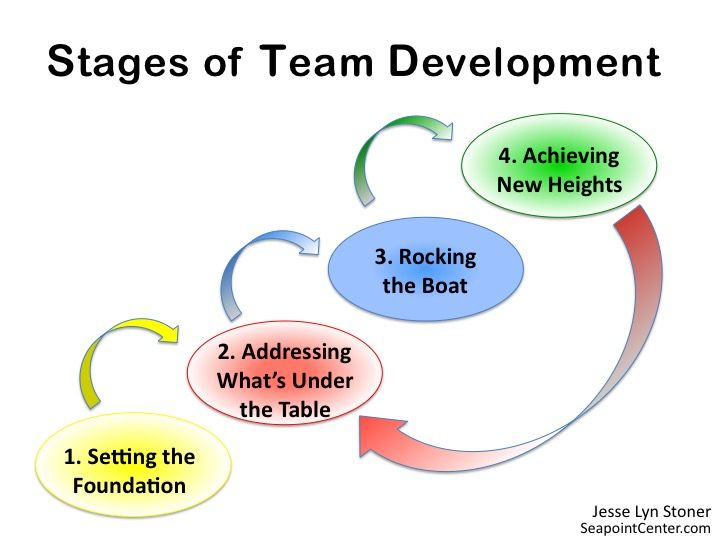 At the start of this stage, children might still use other symbols like drawings or squiggles. As they progress, kids start to use only letters and will firmly declare that they are writing.
At the start of this stage, children might still use other symbols like drawings or squiggles. As they progress, kids start to use only letters and will firmly declare that they are writing.
Tips for the emergent stage
Teaching your child to write his name helps him understand that letters are used to make words. It also encourages the move from scribble writing to using letters as symbols. Once that's mastered, you can move on to teaching him to write words like "Mom," "Dad," and the names of other family members. Another fun idea: Make signs together for role-playing games, for example a STOP sign for when you're playing cars.
Reading is also important at this stage. A great way to encourage reading is to find time to read to your child everyday. In addition to encouraging him to love reading, reading aloud inspires his inner storyteller. He'll start to come up with his own imaginative tales. Reading aloud also reinforces the idea that words are made up of letters, and that words have specific meanings.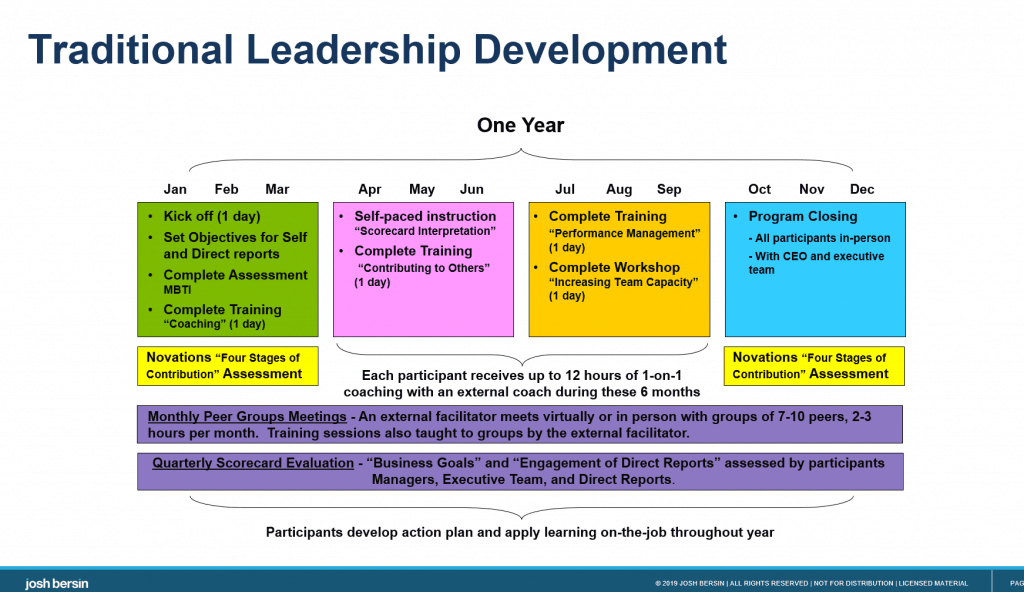 When you read the same story over and over together, your child might begin to recognize some words. For many kids, this repetition isn't just a step toward reading but also toward writing. For example, once a child has seen the word "bug" in a story several times, he will start to recognize it. Once he recognizes it, he can move on to writing those three letters to tell his own story about bugs.
When you read the same story over and over together, your child might begin to recognize some words. For many kids, this repetition isn't just a step toward reading but also toward writing. For example, once a child has seen the word "bug" in a story several times, he will start to recognize it. Once he recognizes it, he can move on to writing those three letters to tell his own story about bugs.
Transitional stage: Letters start to become words (4 to 7 years)
When kids start to realize that words are made up of sounds, and that letters represent these sounds, they stop using random letters in their writing. Instead, they start trying to match the sounds they hear in a word to letters they know. This cognitive leap often happens between the ages of 4 and 7.
A child might spell "My cat is happy" as "mi kat z hpe." This type of spelling is called "invented spelling." Evidence shows that this effort to match individual sounds in words demonstrates that a child's writing and reading skills are getting stronger.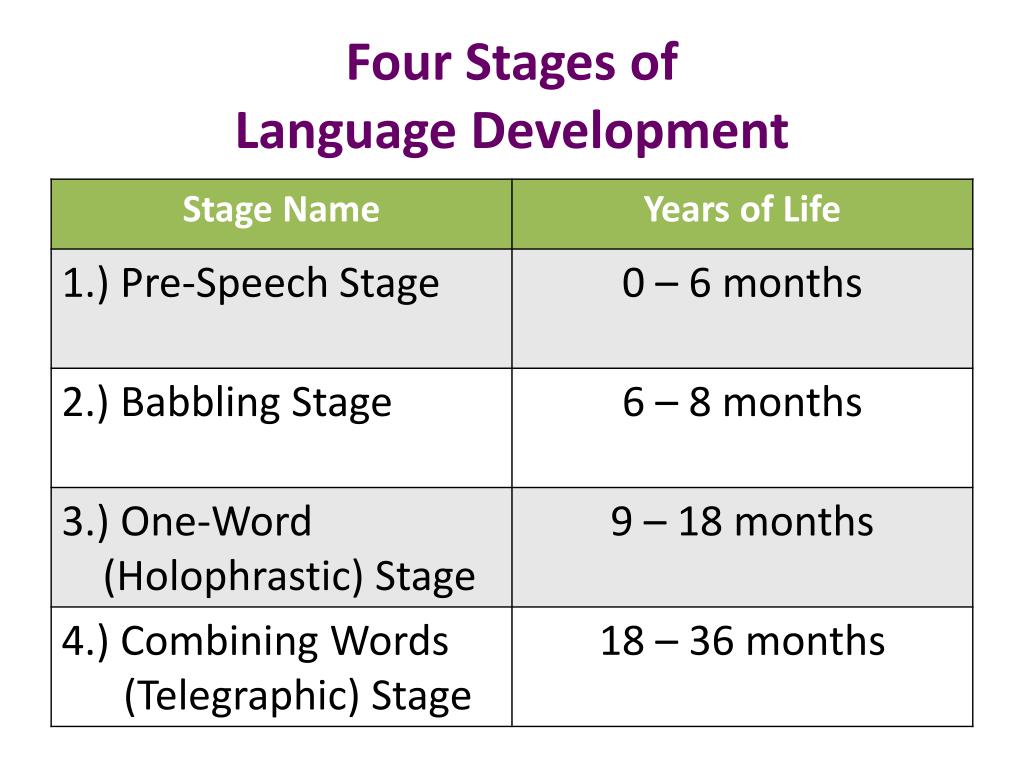
During this stage, kids often reverse letters or mix them up. It might be tempting to fix your child's mistakes, but instead focus on the fun. Mistakes like this are common at this age and are part of the learning process. Encourage your child's writing and communication, and save the spelling lessons for when she's older.
Tips for the transitional stage
Encourage your transitional writer by making writing part of pretend play. Help her write a menu for a tea party with her toys, or a prescription for you when you're playing doctor. Hold on to these little gems. You'll both enjoy trying to decipher the invented spelling in years to come.
Fluent stage: Spelling starts to have meaning (5 to 6 years)
In this stage (which usually happens between ages 5 and 6), children begin to use "dictionary" spelling rather than "invented" spelling. The spelling may not be accurate, but children are now aware that different spellings can have different meanings.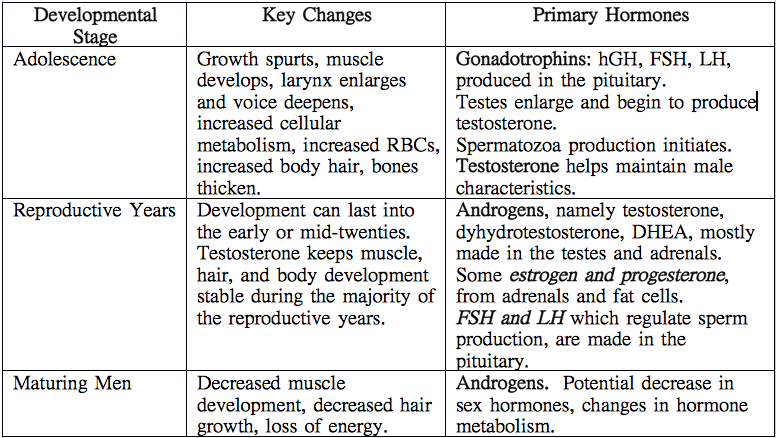 They'll even begin to memorize some words, especially tricky but common words (like "was," "and," "the"), so that they can spell them correctly.
They'll even begin to memorize some words, especially tricky but common words (like "was," "and," "the"), so that they can spell them correctly.
Trying to push kids to this stage too quickly can sometimes inhibit them, as they feel the demand for perfect spelling. If you feel your child is struggling with the pressure to spell perfectly, a great way to alleviate the stress is to introduce the idea of drafts. You can emphasize that a first draft is just to get ideas out, and the second draft is to check spelling.
It is also helpful for kids to begin memorizing common sight words like "was," "the," and "of." These words occur often, and the sounds do not follow the basic rules of spelling. Memorizing them makes spelling a lot easier.
Tips for the fluent stage
Encourage your child to use writing to connect with people. Try writing short letters to each other or family and friends. Another fun way to make writing a social activity is to write shared stories: You start by writing the first two or three lines of the story.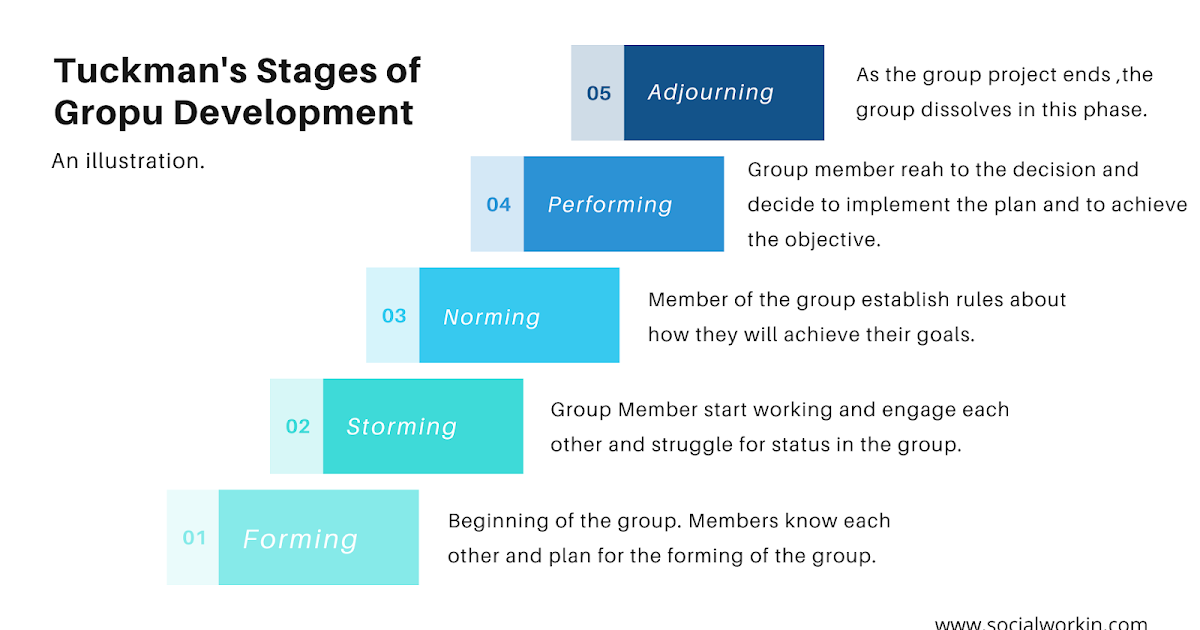 Then, your child writes the next few. After that, someone else takes a turn, and so on.
Then, your child writes the next few. After that, someone else takes a turn, and so on.
If your child isn't in the fluent stage and wants to play, he can dictate and you can write. Kids think of story ideas much faster than they can write them down, and this can cause frustration. When you write for your child, he gets to experience the delight of having his original stories documented. In time, his writing ability will match the speed of his thoughts. But until that happens, alleviate the frustration by offering assistance.
What writing stage is your child in? How are you supporting his writing future? Remember, each child goes through the stages of writing development at his own pace. He will move from one stage to the next as he develops a greater understanding of writing and his desire to write grows. Allowing your child to take his time going through the stages helps him stay excited about writing. Observe, enjoy, and encourage your child's growth within each stage.
--
Is your child ready to learn to read? HOMER creates a fun, personalized learn-to-read plan based on your child's skill level and interests. It’s research-backed and kid-tested to give your child the best start to the learning journey. BabyCenter parents get the first month free (and if you choose an annual membership, up to 4 months free).
It’s research-backed and kid-tested to give your child the best start to the learning journey. BabyCenter parents get the first month free (and if you choose an annual membership, up to 4 months free).
Stages of Writing Development - WriteReader
When did you learn to write? It’s hard to remember, isn’t it? It’s not just because it was so long ago but also because it didn’t happen at one exact moment in time. It happened over time. Just like their bodies, children’s knowledge and skills grow in spurts and stops, as well as sudden peaks and long plateaus.
To help and support children’s writing progression as best as possible, it’s important to understand the different writing stages. Please note that the developmental stages overlap and the age references are a generalization.
Audio storytelling (3-4 years)
- This stage is based on the spoken language and gives the youngest users the opportunity to tell stories by using the recording function.
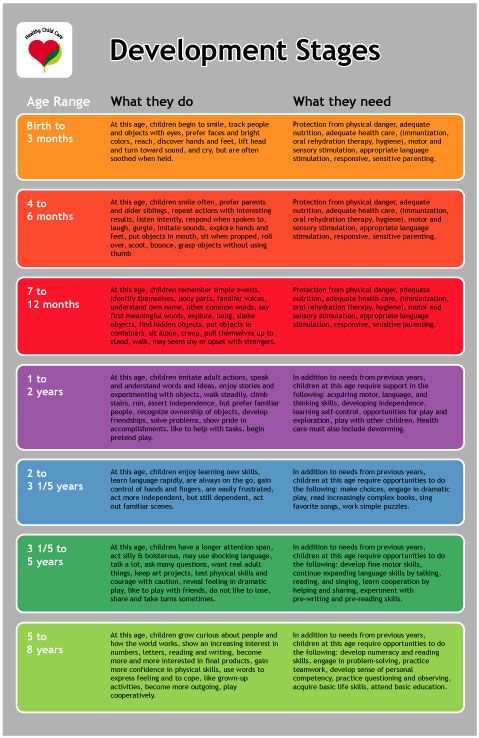
- Parents and teachers should ’translate’ children’s audio recordings into written language by adding text to the adult text field. This gives children valuable insight into the purpose of writing, and shows similarities and differences between spoken and written language.
More stage information and inspiration
Early Emergent Writing (4-5 years)
- The first writing stage is characterized by ’scribbling,’ where children pretend that they are writing by hitting random keys on the keyboard. It also includes ’logographic’ writing of high frequency and easily recognizable words like the child’s name and text logos like LEGO, McDonald’s, and Oreo.
- Turn on the key function that provides audio support for the letter names. This allows children to make the connection between the letter and its name while they ’scribble’.
- Continue to add conventional writing (’translation) in the adult writing field, which gives the child the chance to see the spelling of familiar words.
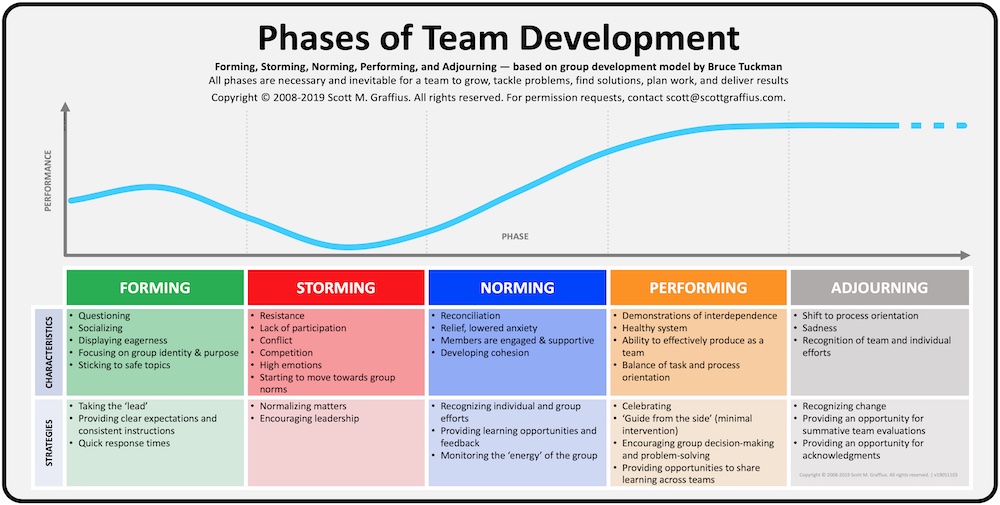
More stage information and inspiration
Emergent Writing (5-7 years)
- By now, children have gained an initial understanding of phonics, which is the correspondence between letters patterns (graphemes) and sounds (phonemes). Some of the words may have the correct initial letter and a few other letters.
- Set the audio support to letter sounds (phonemes). Continue to provide conventional writing to help the child understand the letter/sound relationship more fully.
- Children begin to make the reading-writing connection and are much more aware of embedded clues, such as picture and initial letter clues. When it comes to reading WriteReader books, be sure that they read the conventional text to recognize and learn from the correctly spelled words.
More stage information and inspiration
Transitional Writing (6-8 years)
- At this stage, there is a one-to-one relationship between the letters and sounds represented in children’s writing.
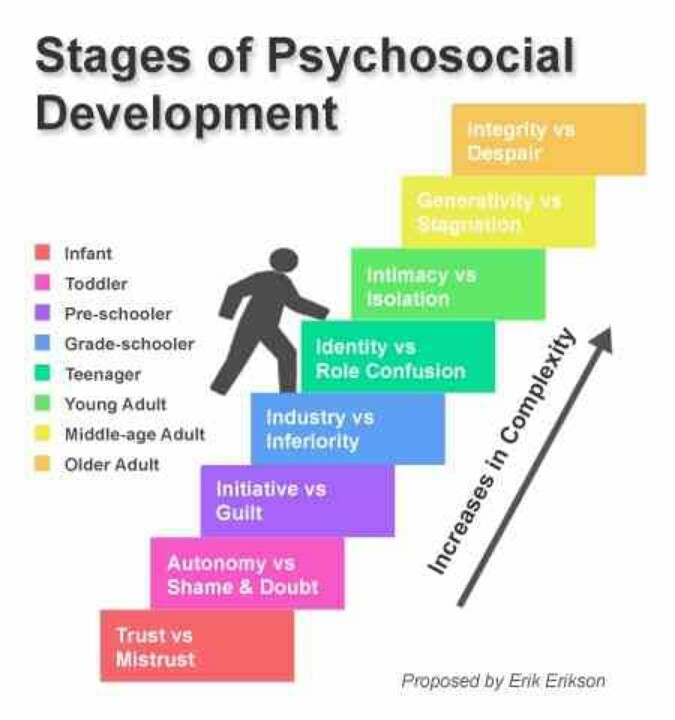 For example, word like ’people’ could be spelled ’pepl’.
For example, word like ’people’ could be spelled ’pepl’. - Even though children’s writing has now reached a certain level where it may be able to be read by others, providing conventional writing is still very important to writing progress.
- Children will learn through comparison that many letters have different sounds and that some are silent. At the same time, children will start to notice and learn about the use of punctuation and capital letters.
More stage information and inspiration
Fluent Writing (8-10 years)
- Around this age, children start to notice and learn all the irregularities in written language. It’s the longest learning phase in writing development and can extend over several years.
- Children can turn off the key sounds at this stage, if this support is not needed.
- When children are able to spell more than 75% of the words correctly, it no longer makes sense to ’translate’ their writing in the adult text field.
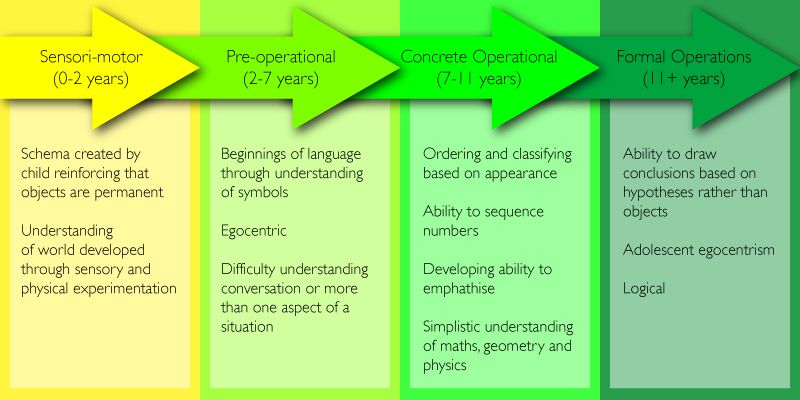 Instead, the teacher/parent can try these suggestions:
Instead, the teacher/parent can try these suggestions: - Write the misspelled words in the adult text field.
- Write a comment that can guide the children to correct themselves. For example, ’Find and correct two misspelled words’ or ’Remember to use punctuation and capital letters.’
Most importantly, give your children or students plenty of praise, encouragement, and opportunities to practice writing.
4.8/5 (9 Reviews)
Share this post
Previous Post Next Post
Stages of software development
The development of any program, whether it is a small procedure for processing information received by the console or a complex software product, consists of several stages, the competent implementation of which is a prerequisite for obtaining a good result. Strict adherence to time-honored software development milestones is becoming a fundamental criterion for software companies and their customers who are interested in getting a program that performs its functions perfectly. Let's take a detailed look at each stage of the generally recognized software development methodology in order to assess their high significance for achieving the goal set for the performers.
Let's take a detailed look at each stage of the generally recognized software development methodology in order to assess their high significance for achieving the goal set for the performers.
Requirements analysis
The very first stage of software development is rightfully called the procedure for conducting a comprehensive analysis of the requirements put forward by the customer for the software being created in order to determine the key goals and objectives of the final product. Within the framework of this stage, the most effective interaction between the client in need of a software solution and the employees of the developer company takes place, during the discussion of the details of the project, helping to more clearly formulate the requirements for the software. The result of the analysis is the formation of the main regulation on which the performer will rely in his work - the terms of reference for software development. The TOR should fully describe the tasks assigned to the developer and characterize the ultimate goal of the project in the understanding of the customer.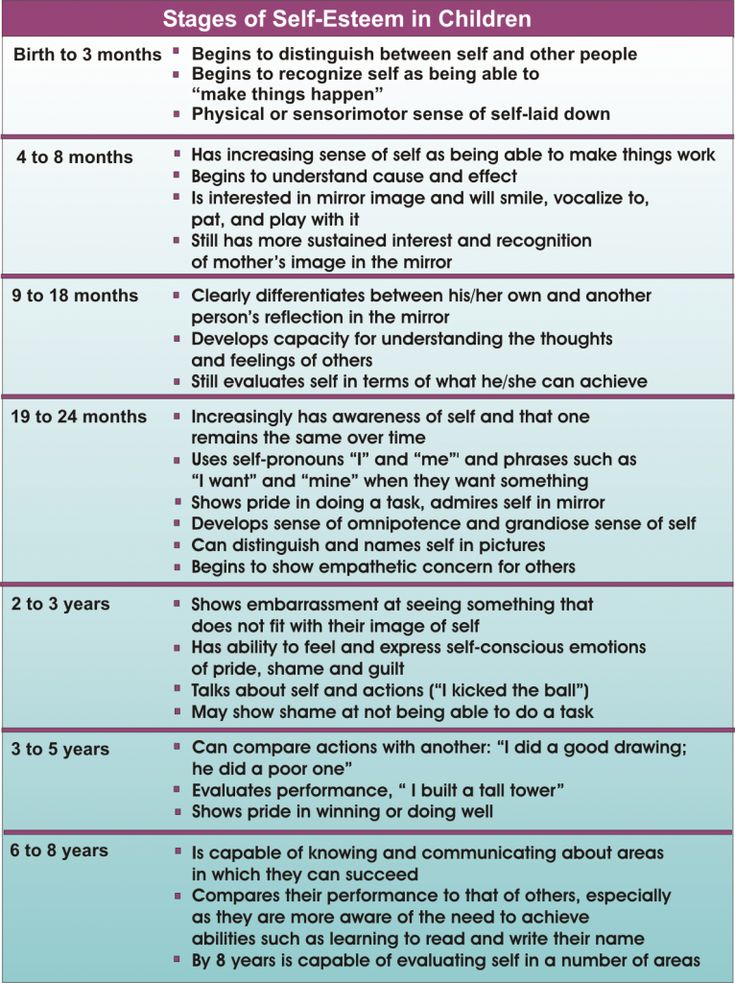
Design
The next key stage in software development is the design stage, that is, modeling the theoretical basis of the future product. The most modern programming tools allow you to partially combine the stages of design and coding, that is, the technical implementation of the project, being based on an object-oriented approach, but full planning requires more careful and rigorous modeling. A qualitative analysis of the prospects and capabilities of the product being created will become the basis for its full-fledged functioning and the fulfillment of the entire range of tasks assigned to the software. One of the components of the design phase, for example, is the choice of tools and operating system, of which there are a very large number on the market today.
As part of this step, the parties must:
- evaluate the results of the initial analysis and identified limitations;
- search for critical areas of the project;
- formation of the final architecture of the system being created;
- analysis of the need to use software modules or third-party solutions;
- designing the main elements of the product - database models, processes and code;
- choice of programming environment and development tools, approval of the program interface, including elements of graphical display of data;
- definition of the basic requirements for the security of the developed software.
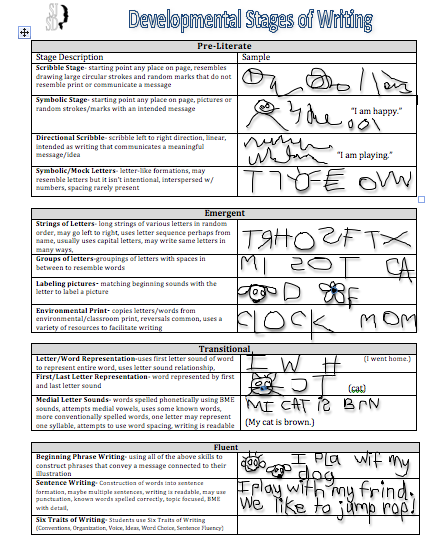
Coding
The next step is to work directly with the code, based on the programming language chosen during the preparation process. It is hardly worth describing the features and subtleties of the most time-consuming and complex stage, it is enough to point out that the success of the implementation of any project directly depends on the quality of the preliminary analysis and evaluation of competing solutions with which the created program will have to “fight” for the right to be called the best in its niche. If we are talking about writing code to perform highly specialized tasks within a particular enterprise, then the efficiency of the company that ordered the development depends on a competent approach to the coding stage. Coding can take place in parallel with the next stage of development - software testing, which helps to make changes directly in the course of writing code. The level and effectiveness of the interaction of all elements involved in the fulfillment of the formulated tasks by the developer company is the most important at the current stage - the quality of the project implementation depends on the coherence of the actions of programmers, testers and designers.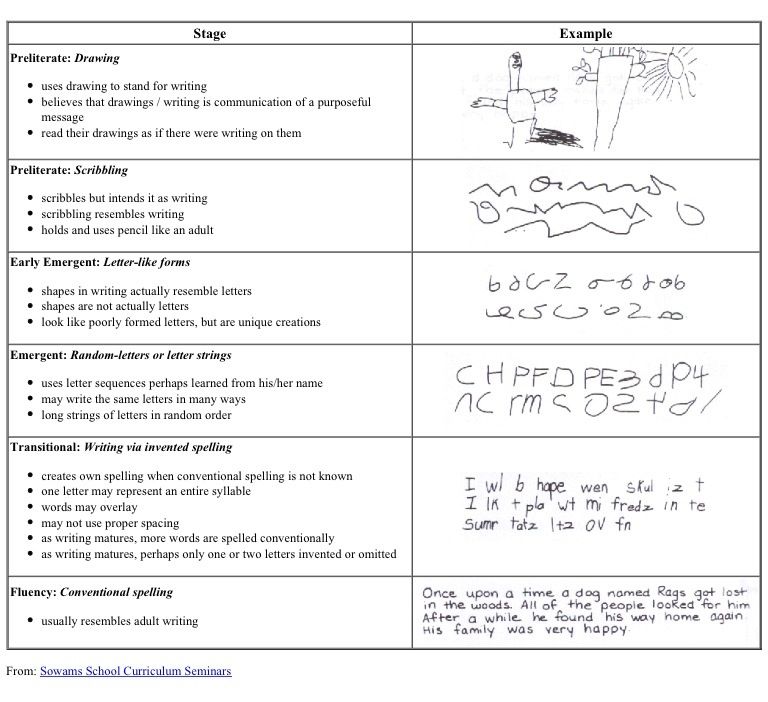
Testing and debugging
After achieving what programmers intended in the written code, no less important stages of software development follow, often combined into one phase - testing the product and subsequent debugging, which allows eliminating programming flaws and achieving the ultimate goal - the fully functional operation of the developed program. The testing process allows you to simulate situations in which a software product ceases to function. The debugging department then localizes and fixes the found errors in the code, “licking” it to a near-perfect state. These two stages take at least 30% of the time spent on the entire project, since the fate of the software created by the programmers depends on their high-quality execution. Often, the functions of a tester and a debugger are performed by one department, but the most optimal would be to distribute these responsibilities between different performers, which will increase the efficiency of finding errors in the program code.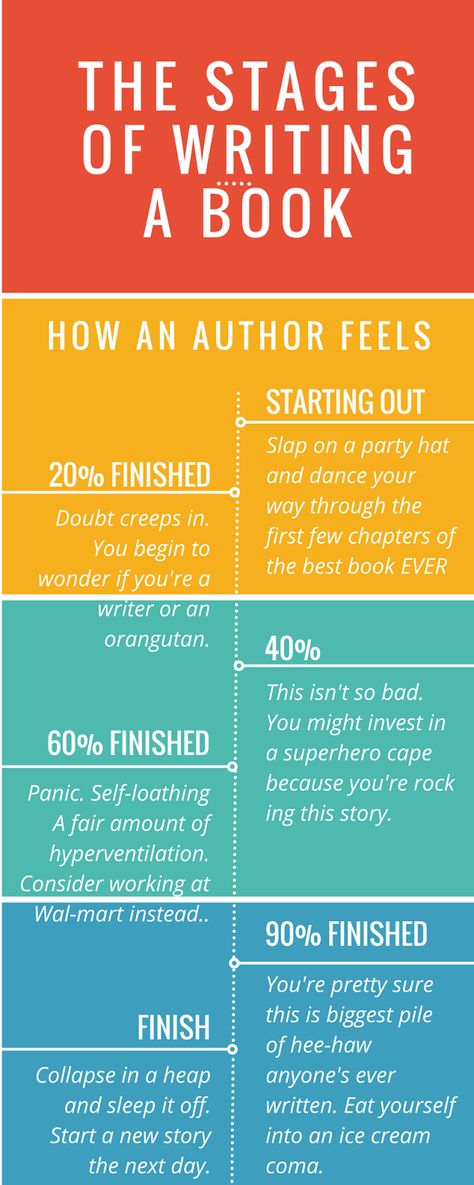
Deployment
The procedure for deploying software into production is the final stage of development and often occurs in conjunction with system debugging. As a rule, software commissioning is carried out in three stages:
- initial data download;
- gradual accumulation of information;
- bringing the created software to the design capacity.
The key goal of the phased implementation of the developed program is the gradual identification of previously undetected errors and shortcomings in the code. As part of this stage of software development, both the customer and the performer may encounter a number of fairly narrow range of errors associated with partial data inconsistency when loading them into the database, as well as failures in the execution of program procedures due to the use of multi-user access. It is at this stage that the final picture of the user's interaction with the program crystallizes, and the degree of loyalty of the latter to the developed interface is also determined. If the system reached its design capacity after a number of modifications and improvements without any special complications, then the preliminary work on the project and the implementation of the previous development stages were carried out correctly.
If the system reached its design capacity after a number of modifications and improvements without any special complications, then the preliminary work on the project and the implementation of the previous development stages were carried out correctly.
Conclusion
The creation of even a small and technically simple software depends on the precise implementation of each phase, that is, the activities of all departments involved in the development process. A clear plan for the implementation of the necessary activities with an indication of the final goals is becoming an integral part of the work of developers who plan to remain specialists in high demand in the labor market. Only a properly drafted terms of reference will allow you to achieve the desired result and develop a truly high-quality and competitive software for any platform - server, stationary or mobile.
An integral part of the final stage of software development is also the subsequent technical support of the created product during its operation at the customer's enterprise. A well-organized technical support service often becomes a key factor in choosing a contractor in order to achieve the goal.
A well-organized technical support service often becomes a key factor in choosing a contractor in order to achieve the goal.
SEE OUR SERVICE OFFER
Program development steps
Steps program development1.3.3. Development stages
In the process of creating any program, there are several stages.
1. Setting tasks - performed by a specialist in the subject areas in natural language (Russian, English, etc.). Necessary determine the purpose of the problem, its content and general approach to the solution. Maybe, that the problem is solved exactly (analytically), and without a computer you can get by. Already at the stage of setting it is necessary to take into account the efficiency of the algorithm problem solving on a computer, restrictions imposed hardware and software (JSC and software).
2. Analysis tasks and modeling - the initial data and result, restrictions on their values are identified, formalized description of the problem and construction (selection) of a mathematical model, suitable for solving on a computer.
3. Development or the choice of an algorithm for solving the problem - is performed based on its mathematical description. Many problems can be solved different ways. The programmer must choose the optimal solution. Inaccuracies in the formulation, analysis of the problem or development of the algorithm can lead to hidden error - the programmer will get an incorrect result, considering it correct.
4. General structure design program - a solution model is formed with subsequent detailing and breakdown into subprograms, is determined "architecture" of the program, a way of storing information (a set of variables, arrays, etc.).
5. Coding - writing an algorithm in a programming language. Modern systems programming tools allow you to speed up the process of developing a program by automatically creating part of its text, but the creative work still lies with the programmer. To successfully achieve the goals of the project, the programmer needs to use methods of structured programming.
To successfully achieve the goals of the project, the programmer needs to use methods of structured programming.
6. Debugging and testing the program. Under debugging refers to the elimination of errors in the program. Testing allows you to search for them and, ultimately, make sure that a fully debugged program produces the correct result. For this test system is being developed - specially selected control examples with such sets of parameters for which the solution of the problem is known. Testing should cover all possible branches in the program, i.e. e. check all her instructions, and include inputs for which solution is not possible. Checking special, exceptions, needed for analysis correctness. For example, the program should refuse a bank client's request pay out the amount that is not in his account. In responsible projects, a large attention is paid to the so-called "fool-proof" implying the resistance of the program to the inept handling of the user.